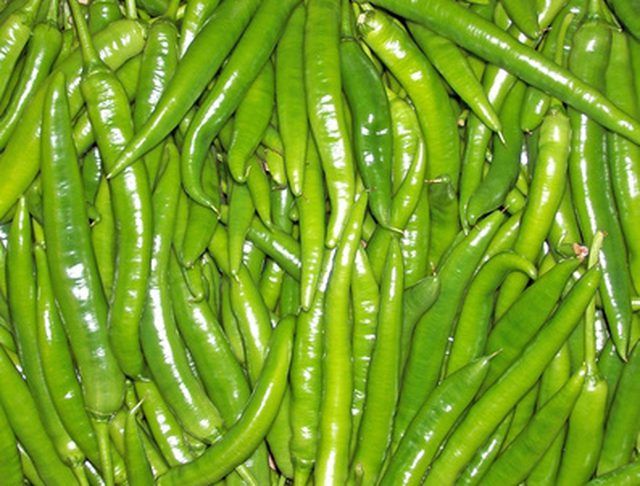Bulbs
Flower Basics
Flower Beds & Specialty Gardens
Flower Garden
Garden Furniture
Garden Gnomes
Garden Seeds
Garden Sheds
Garden Statues
Garden Tools & Supplies
Gardening Basics
Green & Organic
Groundcovers & Vines
Growing Annuals
Growing Basil
Growing Beans
Growing Berries
Growing Blueberries
Growing Cactus
Growing Corn
Growing Cotton
Growing Edibles
Growing Flowers
Growing Garlic
Growing Grapes
Growing Grass
Growing Herbs
Growing Jasmine
Growing Mint
Growing Mushrooms
Orchids
Growing Peanuts
Growing Perennials
Growing Plants
Growing Rosemary
Growing Roses
Growing Strawberries
Growing Sunflowers
Growing Thyme
Growing Tomatoes
Growing Tulips
Growing Vegetables
Herb Basics
Herb Garden
Indoor Growing
Landscaping Basics
Landscaping Patios
Landscaping Plants
Landscaping Shrubs
Landscaping Trees
Landscaping Walks & Pathways
Lawn Basics
Lawn Maintenance
Lawn Mowers
Lawn Ornaments
Lawn Planting
Lawn Tools
Outdoor Growing
Overall Landscape Planning
Pests, Weeds & Problems
Plant Basics
Rock Garden
Rose Garden
Shrubs
Soil
Specialty Gardens
Trees
Vegetable Garden
Yard Maintenance
How to Plant New Mexico Green Chile Plants
How to Plant New Mexico Green Chile Plants. New Mexico green chiles add much of the signature flavor to New Mexican dishes. Green and red chiles grow on the same plant, the green chiles are just immature and not fully ripened. New Mexico green chiles require a long growing season, plenty of sunlight and consistently warm temperatures in order to...

New Mexico green chiles add much of the signature flavor to New Mexican dishes. Green and red chiles grow on the same plant, the green chiles are just immature and not fully ripened. New Mexico green chiles require a long growing season, plenty of sunlight and consistently warm temperatures in order to grow and properly develop their flavor. Seeds are usually started indoors 10 weeks before the last expected frost, so the plants have the time they need to reach maturity.
Things You'll Need
Seedling pots
Potting mix
Seeds
Plastic bag
Spade
Starter fertilizer
Planting Seeds
Fill 3-inch diameter seedling pots with a moist potting mixture. Set the pots on a tray that catches any excess water that drains from the pots.
Sow two seeds per pot, planting them 1/4 inch deep. Mist the soil surface with water to moisten it.
Place a plastic bag over the pots to help retain the moisture in the soil. Set the pots in a warm room to germinate. Chiles require temperatures over 60 F to germinate and preferably between 70 and 80 F.
Remove the plastic bag once the seedlings emerge, usually within two weeks of sowing. Move the pots to a window that receives at least eight hours direct light or place them 4 inches under artificial grow lights that are left on for 14 hours a day.
Thin the pots to one plant once the seedlings grow in their second set of leaves. Cut the smaller seedlings off at the soil surface with a small pair of scissors, leaving the larger plant to grow on.
Planting Transplants
Set the chile transplants outdoors in a protected area once nighttime temperatures are steadily above 60 F and all frost danger is past. Gradually move the plants into more direct sunlight over a seven-day period so they adjust to outdoor conditions.
Dig planting holes in a full-sun, well-drained bed. Dig the holes so they are 1 to 2 inches deeper than the seedling pot and slightly wider. Space the holes 24 inches apart in all directions.
Lift the chile plants from the pots and set them in the planting hole. Strip off the lower leaves if they are beneath the soil level. Fill the hole back in around the plant and lightly firm the soil with your hands.
Water the chile plants with a starter fertilizer solution, moistening the soil to at least a 6-inch depth. Continue to water the plants one to two times a weak, maintaining the moisture in the soil.
Tips & Warnings
Green chiles take 90 to 120 days from planting to reach harvesting age.
Cloudy weather, cool temperatures and too much rain may inhibit fruit set or maturity on the chile plants.